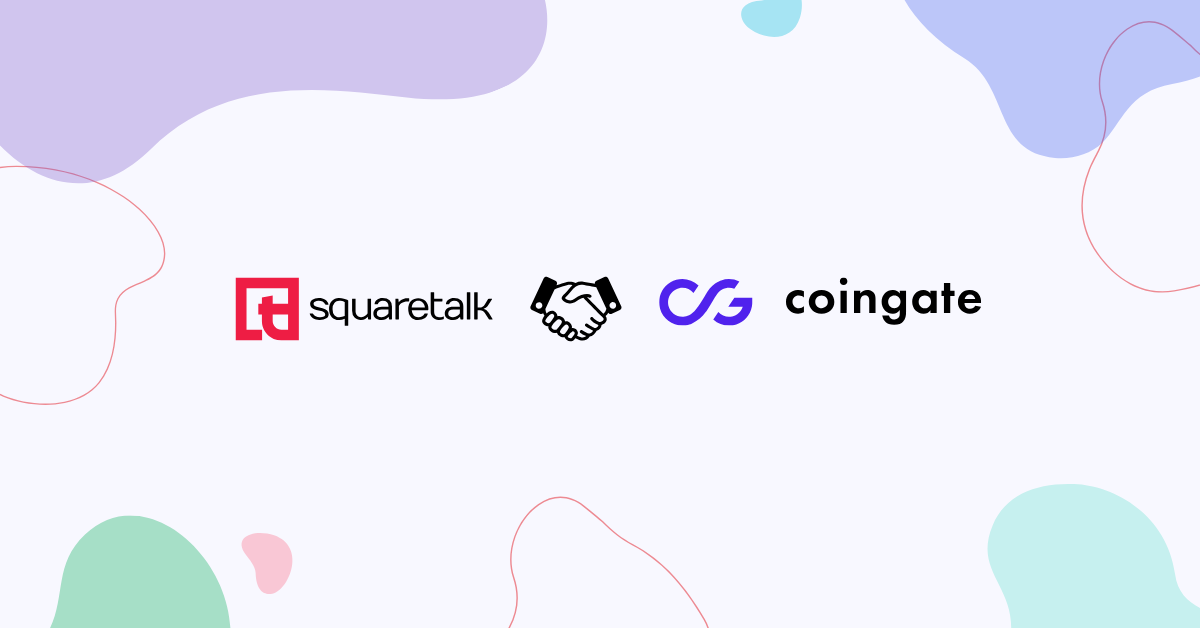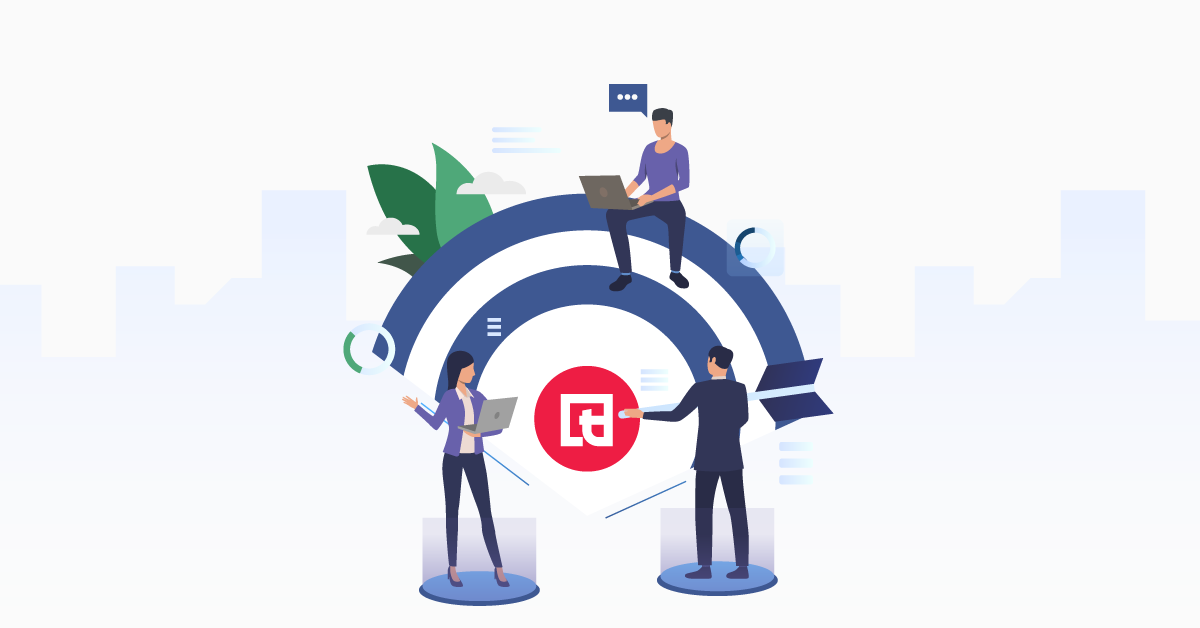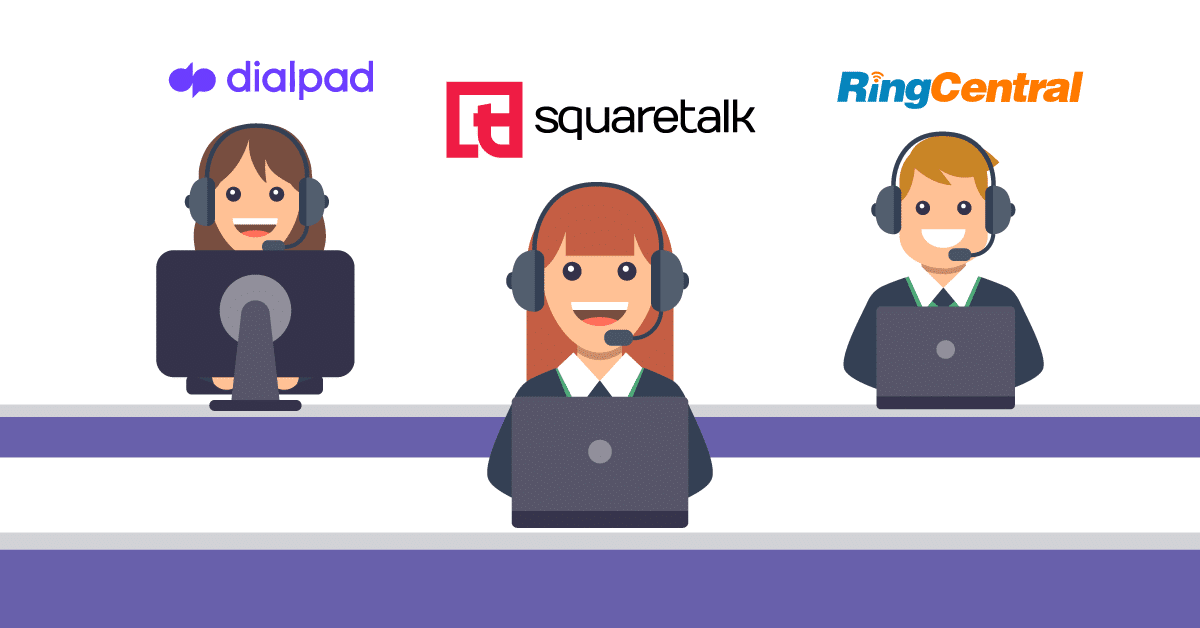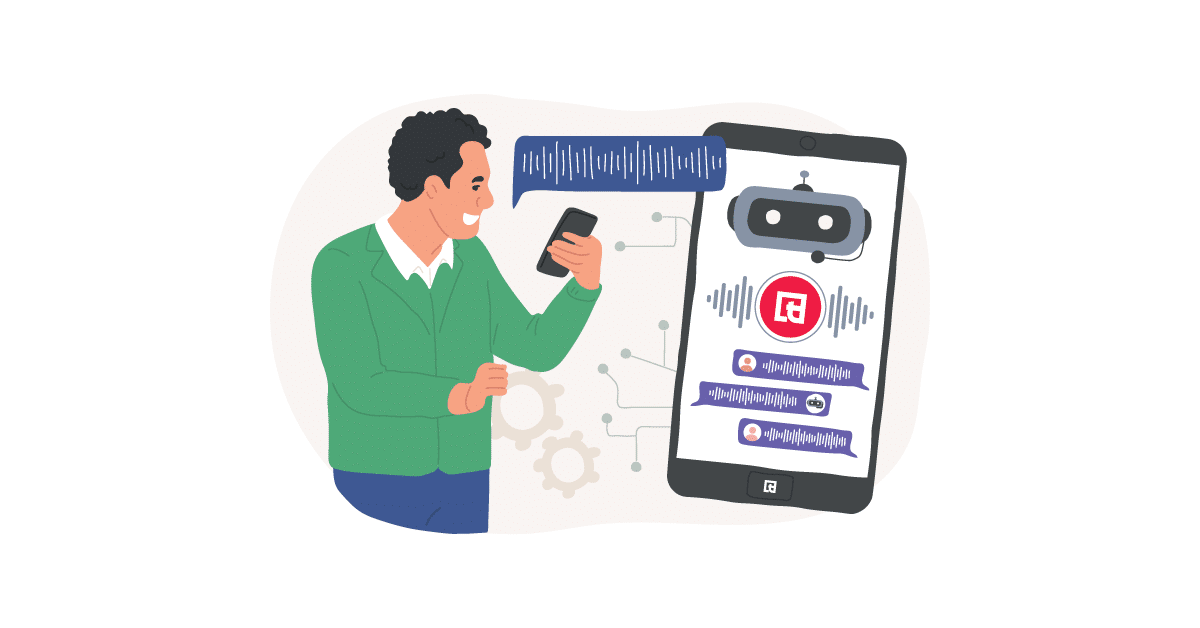What’s worse than your business phone number incorrectly displaying as “Potentially Spam”, “Scam Likely” or “Fraud Risk” on your prospect’s screen? – Your calls being blocked altogether, without you knowing it, and having your contact and conversion rates suffering as a result.
If you’ve suddenly found yourself with an inaccurate spam label, you’re not the only one. An ACA survey showed that 78% of their members are experiencing call-blocking or having their calls mislabeled (74%). Additionally, 62% reported that they were seeing a decrease in right-party contacts.
But don’t worry, here is your guide on to fix the situation and prevent your call numbers from being tagged as scam in the future.
What Is a Spam Call?
The term “spam” broadly refers to a variety of unwanted or intrusive communications.
A spam call is typically irrelevant or inappropriate for the recipient and is often made in large volumes by an automated system. These calls are usually for marketing purposes, but they can also involve scams, phishing attempts or fraud tries to obtain personal information or money from the recipient.
Why Is Call Spam Tagging on the Rise?
In December 2023, there were 1,249 robocalls made every second in the US alone. And while not all robocalls are spam or happening without the recipient’s consent, they mostly range from unwanted telemarketing to outright scams.
The drastically increasing volume of intrusive calls is the result of many reasons, like:
Scientific Innovations: Technology has made it easier and cheaper for scammers to make calls, especially with auto dialers reaching thousands of numbers in a short period and Voice over Internet Protocol (VoIP) masking the caller’s true location.
Anonymity: Advanced software helps spammers fake (spoof) their caller ID to look like a legitimate or local number.
High ROI: Even if only a small percentage of calls result in a successful fraud, the low cost of reaching a large audience directly means they are very profitable.
Regulatory Challenges: The laws against spam calls vary significantly from one country to another. Many operations are international, which further complicates tracking and penalizing them.
Consumer Behavior: Even minimal engagement with spam calls (like answering the phone or interacting with a caller) can signal to spammers that a number is active, which leads to more calls.
Information Availability: Large-scale data breaches and social media have made personal information more accessible than ever.
All this has forced many governments, carriers and third parties to enforce stricter regulations and create tools to identify and block scam calls, like Scam Block, Truecaller, Nomorobo, Whoscall, Showcaller and Hiya. They use analytics systems with data modeling and AI to detect calls that are likely to pose a risk to consumers.
Unfortunately, these tools cast a too wide net and are sometimes automatically enabled on mobile phones. This often results in businesses having their numbers incorrectly marked by scam ID technology, particularly when calling cell numbers or when a large number of phone calls originate from a common Caller ID.
How Do Numbers Get Flagged?
Outbound phone numbers usually get spam labels in one of two ways – by being flagged by carrier providers or by customers.
Why Do Carriers Flag Numbers?
Carriers label numbers as potential fraud mostly to protect their customers from scams and harassment, to comply with regulations or to reduce network congestion so legitimate communications are not delayed or disrupted.
To do that, they use sophisticated algorithms to analyze call patterns and behaviors associated with spam, direct feedback from their customers, network traffic data, third-party and reputation services and cross-carrier collaborations to identify and flag problematic numbers across the industry.
Why Do Recipients Flag Numbers?
Consumers report calls for a variety of reasons, primarily to protect themselves from nuisance, fraud, unwanted solicitations and to contribute to a broader effort to reduce spam for everyone.
This can happen in different ways:
Directly Through Their Phone: Many smartphones now offer the option to report a number as spam directly from the call log into a built-in call-blocking database.
Carrier Tools and Services: Telecom carriers often provide the option for customers to report spam calls within their app, website or customer service line.
Third-party Call Blocking Apps: Some tools specialize in identifying and blocking spam calls and allow users to report spam directly in the app.
Regulatory Bodies: In many countries, regulatory agencies (like BEREC in the EU, Ofcom in the UK, the FCC in the US, the CRTC in Canada and ACMA in Australia) have platforms for consumers to report spam calls. These reports can lead to investigations and actions against violators.
Online Databases and Forums: Some consumers use online channels and forums to share information about spam calls. While less formal, these platforms can spread awareness among consumers and contribute to crowd-sourced databases.
What Triggers Spam Flagging?
By their nature, outbound operations mirror some spammer actions which can lead detection algorithms and services to mistakenly categorize legitimate business calls as potentially sham. You’re more at risk for spam flagging if you have:
- High Call Volumes - companies that make over 20,000 calls per month may be flagged automatically
- Short-Duration Calls - calls that frequently last under 50 seconds might indicate hanging up as soon as an automated message is played or there’s no immediate answer from a human
- A Large Portion of Unanswered Calls - a high volume of outgoing calls from a number with a low answer rate can trigger detection algorithms
- Pre-Recorded Messages - when sent without the recipient's consent, they are illegal in many jurisdictions and often immediately perceived as spam
- Automatic Dialing - using auto dialers to blast thousands of calls in a short period closely mirrors spam operations, especially if there is a high rate of quick hang-ups or are marked as unwanted by recipients
- No Callbacks - if a significant number of calls are not returned when missed, it might indicate to service providers that the low engagement is due to spam
- Repeated Calls to the Same Numbers - persistently dialing the same numbers, especially without leaving voicemails or if the calls are frequently unanswered, can increase spam reports from the recipients
- Irregular Call Patterns - calling at unconventional hours is often associated with international spam operations unconcerned with time zone differences
- Ignoring Do Not Call (DNC) Lists - contacting numbers listed on DNC registries without prior consent or exemption is both against regulations in many countries and spam-like behavior
- Poor Call Quality or Connection Issues - frequent connectivity problems can look a lot like VoIP spam operations using less reliable internet to make bulk calls at lower costs
- Negative Consumer Feedback - a pattern of complaints about calls, whether due to their content, frequency or nature, can quickly lead to a number being flagged as spam by both automated systems and manual reporting
Which Industries Are Most Affected by Incorrect Spam Tagging?
Incorrect spam labeling can significantly impact various industries, affecting their ability to communicate with clients, deliver services and conduct operations efficiently.
The companies most affected by this are usually in sectors that rely heavily on outbound calls to reach potential and existing clients, like telemarketing and sales, financial services, healthcare, debt collectors, utilities and service providers.
Industries with high call volumes made to a wide range of recipients are most likely to have numbers incorrectly flagged as spam. Examples include telemarketing, sales, debt collectors, political campaigns and polling, charities, non-profits and real estate.
How to Safeguard Your Call Number Reputation?
Similar to how your personal or business standing is formed by your actions and others’ responses, a call number gains a reputation that can influence how telecommunications providers, call-blocking and spam identification services and call recipients treat calls from that number:
Numbers with poor reputations may be automatically blocked or filtered by network carriers and third-party apps, reducing the effectiveness of your outbound calling campaigns.
Numbers with a positive reputation are more likely to be answered, leading to higher engagement and success rates.

You could always replace the problematic number, but if you want to keep it, a comprehensive strategy to safeguard its reputation needs a multi-faceted approach. The best practice is to combine:
Regulatory Compliance
Adhere strictly to regulations like the TCPA, GDPR and other local telemarketing laws. This includes obtaining proper consent before making calls and respecting DNC lists.
Caller ID Transparency
When your caller ID accurately represents your business, it builds trust and increases the chances that your calls will be answered.
Consent-Based Practices
Clearly provide options for people to opt-in to receive calls and easily opt-out. This respect for recipient preferences is crucial for maintaining a positive reputation.
Advanced Call Authentication
Use technologies like STIR/SHAKEN to authenticate your calls. This reduces the risk of spoofing and improves trust in your caller ID by verifying that the information transmitted with a call matches the caller's real number.
Feedback Loop
Establishing a mechanism to receive and act on call recipients' input helps constantly improve your approach and proactively address any issues that could lead to being flagged as spam.
Incorrect Spam Label Disputes
If your number is incorrectly flagged as spam, work with telecom providers and third-party services to remove the label by providing evidence of your compliance and legitimacy.
Smart Dialing Strategy
Use Intelligent Call Targeting and Time Conditioning and dial your best leads first to increase the likelihood of a positive response.
Call Volume Management
Use a sufficient number of DIDs (Direct Inward Dialing Numbers) to distribute your calls so that no single number places over 100 calls per day. This will help to not trigger spam detection algorithms focused on call volume.
Value-Driven Calls
Make sure every call helps the recipient with relevant information, offers or services. Value-driven calls are less likely to be taken as spam.
Omnichannel Approach
Integrate your calling strategy with other communication channels such as email, SMS and social media. This holistic approach ensures that your audience receives your message through their preferred medium and reduces your reliance on calls alone.
Local Presence
Using local phone numbers for outbound calls can increase your answer rates, because people are more likely to respond to familiar-looking numbers.
Reputation Management
Monitor your numbers' and caller ID reputation using tools and services that track call labeling and blocking. Address issues proactively by adjusting your calling practices when it's needed.
Verification and Registration
If it's available in your area, work with telecom providers and third-party verification services or trust registers to ensure your numbers are recognized as legitimate. While this will not directly prevent them from being marked as spam, it will enhance your business's overall credibility.

Clear Identification
Have your agents always clearly identify themselves and your company at the beginning of a call and when leaving voicemails. This helps build confidence in your calls.
CRM and Analytics Tools
Track the success of your calls and adjust strategies based on analytics and CRM data. Avoid repeatedly calling numbers that do not answer, so your numbers don't get flagged as spam.
CNAM Setting
If your VoIP provider offers this, set your outbound caller name (CNAM) to ensure people recognize who is calling them and will pick up.
What to Do if Your Number Is Incorrectly Flagged as Spam?
If your business number has already been marked as a scam risk, it’s crucial to take proactive steps to resolve the issue. Being labeled as spam can significantly impact your ability to reach customers and conduct business effectively.
Here’s what you have to do to remedying the situation:
Ensure that all your calling is in full compliance with local and international telemarketing and privacy laws. This foundational action is critical for both immediate resolution and ongoing operations.
If you don’t already have one, adopting a consent-based approach for all calls will significantly reduce the risk of being flagged as spam in the future. This is essential for compliance and preventing future issues.
Contact the telecom carriers and third-party blocking services directly to dispute the spam label with evidence of your legitimate business practices and compliance with telemarketing regulations.
Identify whether the flagging is coming from specific carriers, third-party call-blocking apps or directly from user reports. Understanding the source is key to tailoring your response.
Register with Caller ID reputation services. This can proactively correct misinformation and enhance your number’s legitimacy.
Review your calling practices and see which of them might trigger spam flags. It’s critical to adjusts the behaviors that led to the flagging.
Inform your customers through other channels (like email or social media) about the issue. This helps maintain customer trust and communication.
Build strong relationships with your customers through multiple channels, not just phone calls. Diversifying communication reduces the impact of call-related issues.
Train your staff on compliant calling practices and the importance of maintaining a positive call reputation. This ensures your team’s actions support a positive reputation.
Keep detailed records of your calling practices, including consent records, call times, frequency, and purpose. If needed, provide the evidence for disputes or to demonstrate compliance.
If you suspect that your number’s spam flagging is part of a malicious act by competitors or if the flagging persists despite corrective actions, consult with legal professionals.
Engage with industry groups or regulatory bodies advocating for clearer guidelines and fairer practices in spam detection and caller ID labeling. This supports broader efforts for fair treatment and clearer spam standards.
Final Words
Having calls incorrectly marked as “Likely SPAM” can have significant negative consequences for your business, affecting various aspects of your operations, overall brand reputation and customer experience.
To rectify the situation, you need a series of strategic actions. You can mapped them out only after you understand the nuances of what a spam call is, recognize the triggers for spam tagging and know best avoid being label as scam.
Because safeguard your call number reputation is not just beneficial; it’s necessary for maintaining trust and ensuring you can provide an uninterrupted service to your clients.
FAQ
Why does my business number show up as spam?
Carriers and spam-detection apps tag certain numbers as “Spam Likely” or “Scam.” High call volumes, many unanswered calls, or user reports can trigger these warnings. Businesses can get caught in spam filters because of automated rules for followups causing frustration and complaints from their customers.
How can I check if my business phone number is marked as spam?
You can use number-reputation lookup tools (such as Squaretalk’s Spam Checker) to see if your number appears in public databases. You can also test-call different mobile carriers to see if the caller ID shows a spam warning.
How do I stop my business number from showing up as spam?
First, dispute the spam label with carriers or apps that flagged you—most have a remediation process or form. Make sure you follow good calling practices, like spacing out your calls, honoring opt-outs, and registering your number with legitimate caller ID frameworks. Proper dialing technology and compliance reduce the chances your number will be tagged again.
Can changing my phone number solve the spam label issue?
It might be a quick fix, but only temporarily. If your calling practices remain the same, the new number could be flagged later. You also lose the recognition tied to your old number. It’s usually better to fix the underlying causes—excessive call volume or patterns that look like spam—and work to rehabilitate your existing number.
What tools or services can help me protect my business number’s reputation?
Look into number-reputation monitoring services (like Squaretalk’s Spam Checker), caller ID registration providers, and STIR/SHAKEN compliance through a VoIP vendor. These services keep tabs on your number’s reputation, let you dispute wrongful flags, and ensure carriers see your calls as legitimate.






